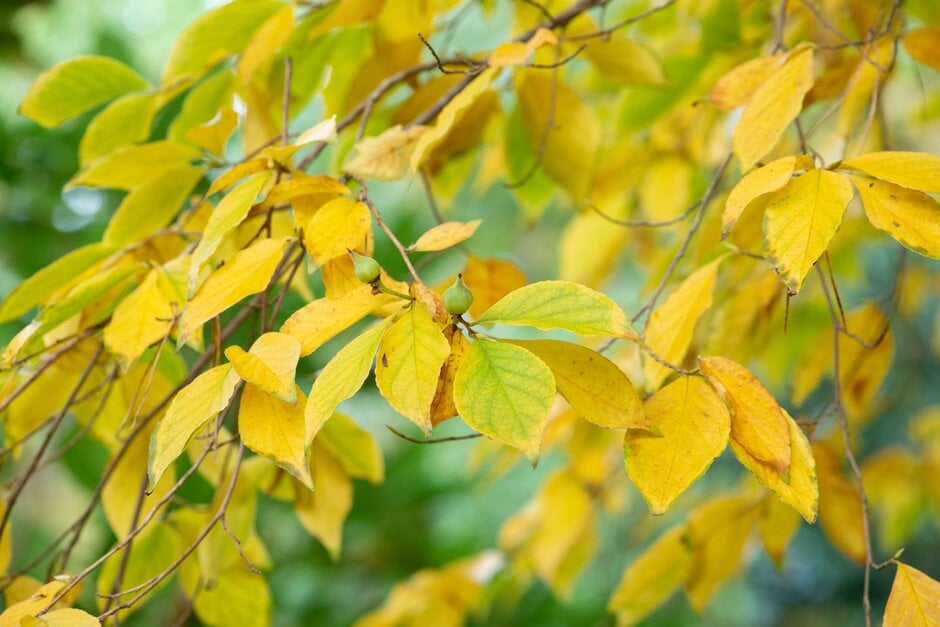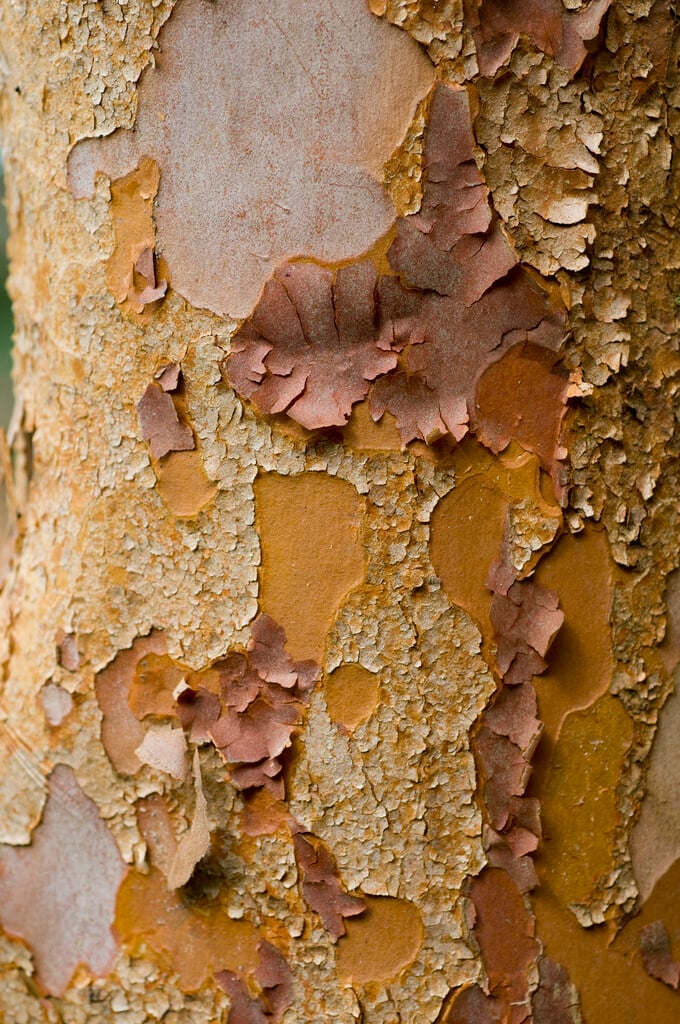Stewartia monadelpha
orangebark stewartia
A broadly columnar, conical deciduous tree, with peeling grey,red and brown bark. Glossy green leaves change to excellent autumn colours of red, purple and yellow. Creamy- white flowers and violet purple anthers are produced in summer.
Size
Ultimate height
Higher than 12 metresTime to ultimate height
10–20 yearsUltimate spread
4–8 metresGrowing conditions
Moisture
Moist but well–drainedpH
Acid, NeutralColour & scent
| Stem | Flower | Foliage | Fruit | |
| Spring | Green | |||
|---|---|---|---|---|
| Summer | Cream White Purple | Green | ||
| Autumn | Brown Orange Grey Silver | Green Purple Red | ||
| Winter |
Position
- Full sun
- Partial shade
Aspect
South–facing or West–facing or East–facing
Exposure
Sheltered Hardiness
H5Botanical details
- Family
- Theaceae
- Native to GB / Ireland
- No
- Foliage
- Deciduous
- Habit
- Columnar upright
- Genus
Stewartia are deciduous trees or shrubs, often with attractive peeling bark, ovate leaves and showy white flowers; good autumn colour
- Name status
Correct
- Plant range
- Japan
How to grow
Cultivation
Grow in moist but well drained humus rich,neutral to acid soil. In full sun or dappled shade. Shelter from strong winds.
Propagation
Propagate by sowing seed in a cold frame in autumn. Also layering,softwood cuttings and semi-ripe cuttings
Suggested planting locations and garden types
- Cottage and informal garden
- Architectural
- Low Maintenance
Pruning
Pruning group 1. Little or no pruning
Pests
Generally pest-free
Diseases
May be susceptible to honey fungus in gardens where it is present but insufficient data to determine degree of susceptibility
Love gardening
Sign up to receive regular gardening tips, inspiration, offers and more
View our Privacy Policy
Get involved
The Royal Horticultural Society is the UK’s leading gardening charity. We aim to enrich everyone’s life through plants, and make the UK a greener and more beautiful place.

